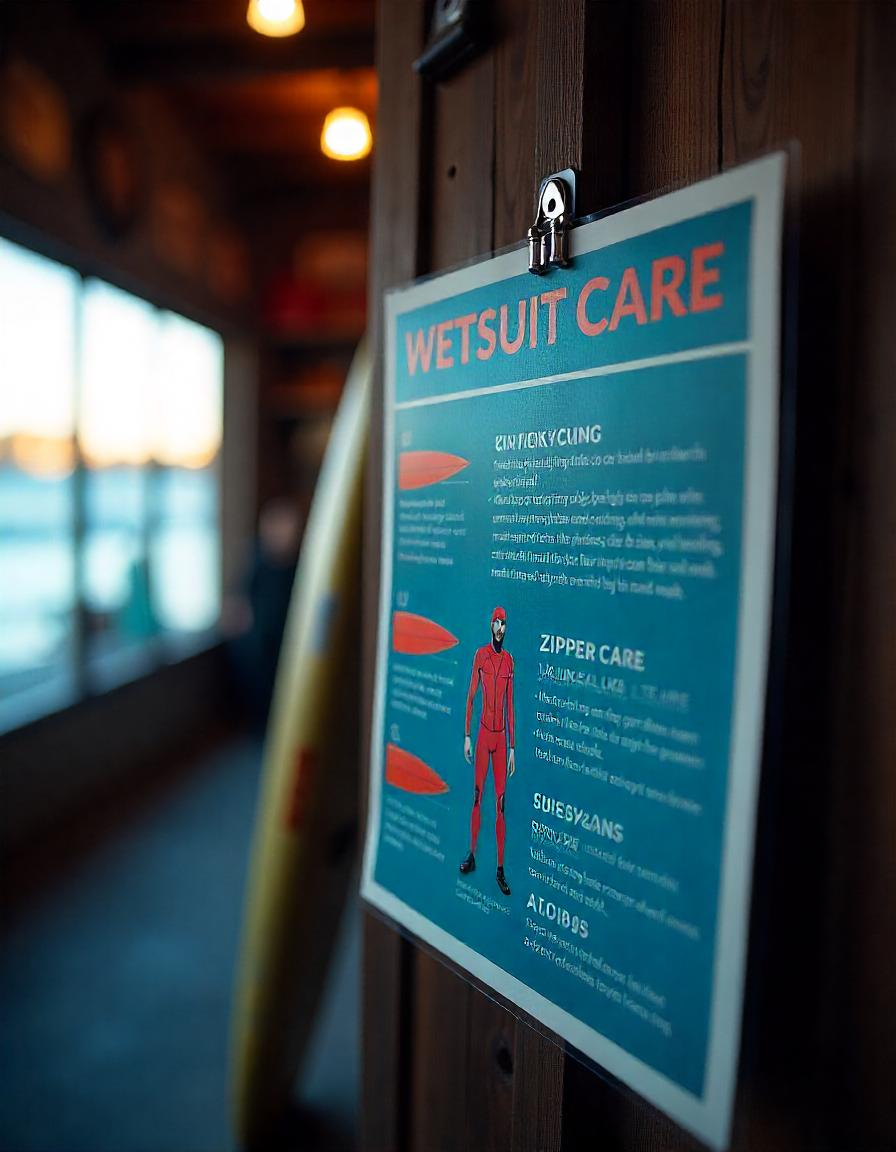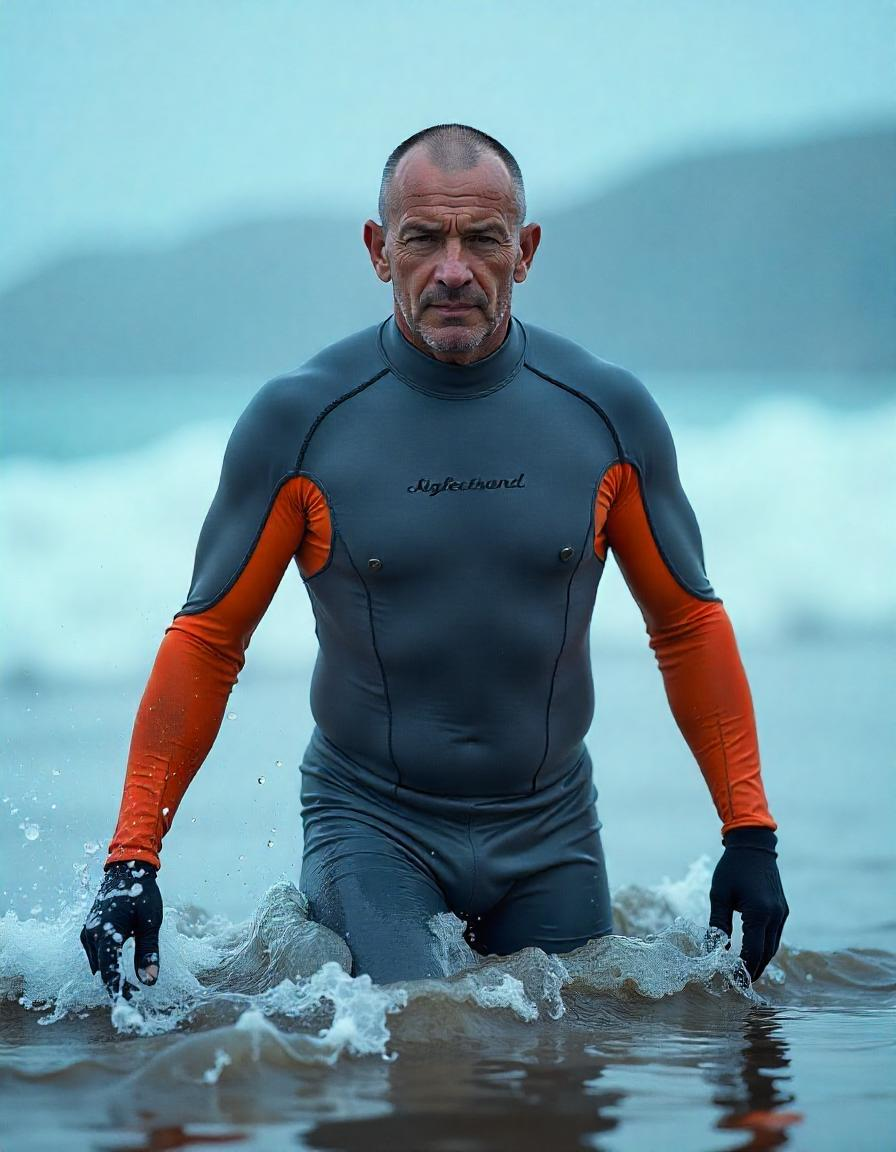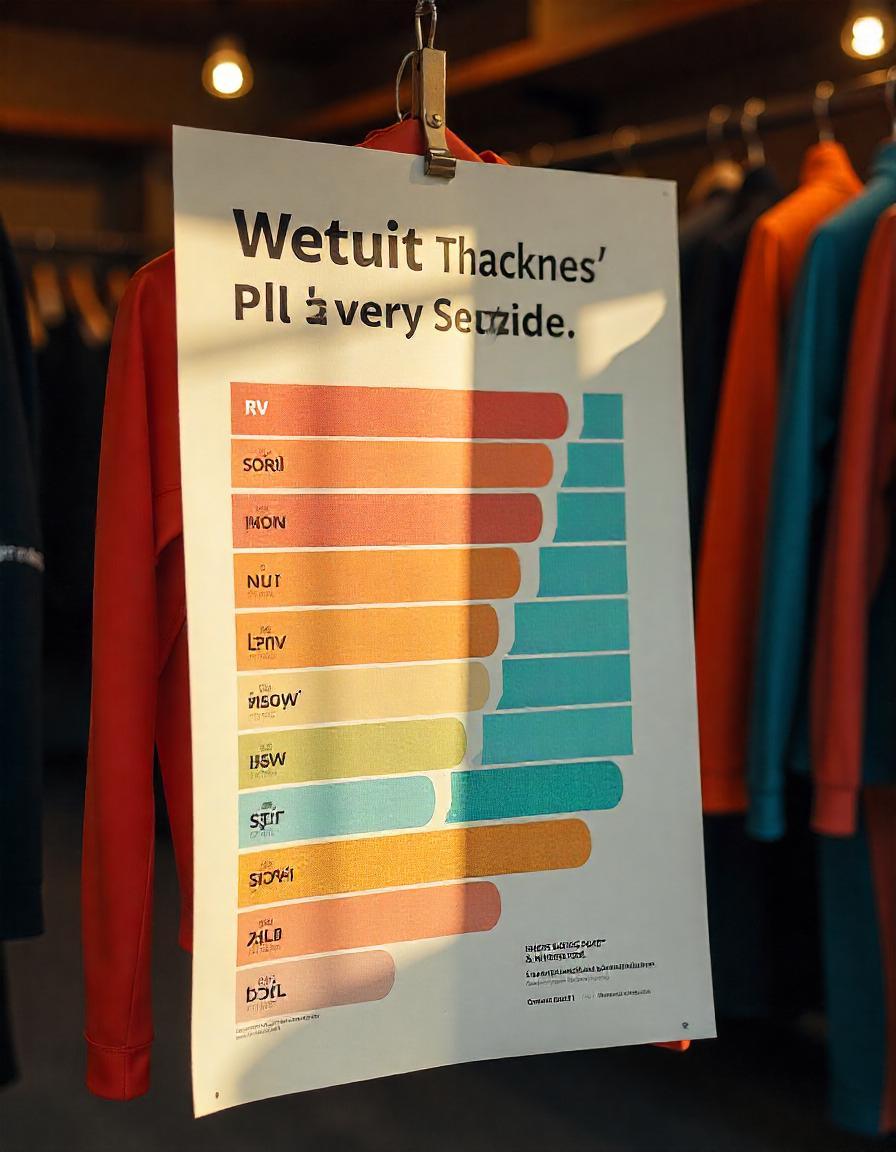Exploring the UK’s stunning coastlines is irresistible, but the chilly waters can be intimidating for beginners. A quality wetsuit is your best ally, allowing you to stay warm and enjoy activities like surfing, paddleboarding, or open-water swimming. Choosing the right wetsuit may seem daunting when you’re just starting out, but this guide breaks everything down to help you make an informed decision.
Why Investing in the Right Wetsuit Matters
Cold water can quickly drain your body’s heat, making it essential to have proper protection. A well-chosen wetsuit not only improves comfort but ensures safety by helping to regulate body temperature. It also provides buoyancy and a layer of protection against scrapes or stings. For beginners, the right wetsuit transforms what could be a frosty, uncomfortable experience into an enjoyable adventure.
Key Factors to Consider
When shopping for a beginner wetsuit in the UK, it’s important to focus on features that ensure warmth, ease of use, and durability. Here are the main elements to guide your choice:
1. Material and Construction
Wetsuits are primarily made from neoprene, a flexible and insulating material. High-quality neoprene is crucial when tackling colder waters as it traps a thin layer of water that’s warmed by your body, creating insulation.
- Standard Neoprene: Suitable for general use and beginner-friendly due to its affordability.
- Super Stretch Neoprene: Provides extra mobility and comfort, which could be beneficial if your budget allows.
Look for seams that are glued and blind-stitched or taped seams to prevent water from seeping through and ensure maximum warmth.
2. Thickness and Warmth
Wetsuits come in varying thicknesses, and for cold UK waters, this becomes a critical factor. Thickness is usually expressed as two numbers (e.g., 5/4mm), with the first representing the neoprene thickness in the torso and the second indicating the thickness in the limbs.
For most UK conditions, suits between 5mm and 7mm are ideal for winter use, while 3/2mm or 4/3mm suits can work during the warmer months. Beginners often benefit from opting for thicker wetsuits to ensure warmth, even in harsher conditions.
3. Fit and Sizing
A wetsuit’s fit is as important as its features. A poor fit reduces its effectiveness, allowing cold water to flush through.
- Snug but Comfortable: The suit should hug your body without pinching or restricting movement.
- Check Length: Ensure the suit sits snugly at the wrists and ankles to prevent water from entering.
- Test for Mobility: Walk, stretch, or even do a squat to confirm the wetsuit doesn’t limit your motion.
Brands often have different sizing charts, so always refer to the manufacturer’s guidelines rather than defaulting to standard clothing sizes.
4. Entry System
How you get in and out of your wetsuit matters, particularly for beginners. There are three main types of entry systems:
- Back Zip: The easiest option for newcomers. It offers a wide opening for convenience, though it lets in more water than other systems.
- Chest Zip: Provides better insulation by reducing water entry. It can be slightly trickier to put on but is worth considering for cold water activities.
- Zip-Free: Offers unrestricted movement and excellent warmth but may be challenging for beginners to handle.
5. Additional Features
Some wetsuits go beyond the basics to offer practical extras that enhance your time in the water:
- Thermal Lining: Added insulation for maximum warmth in icy waters.
- Knee Pads: Extra durability for activities like surfing.
- Ankle and Wrist Seals: Help keep water from flushing through.
Recommended Beginner Wetsuits for UK Waters
To simplify your search, here are some excellent options that balance performance, warmth, and affordability:
1. O’Neill Epic 5/4mm Wetsuit
Known for its balance of comfort and stretch, this wetsuit is a favorite among newcomers. It features smooth sealed seams, a back zip for ease of use, and a quick-drying thermal liner.
2. Rip Curl Dawn Patrol 5/3mm
This suit offers excellent durability and warmth, with glued and blind-stitched seams and E5 neoprene for flexibility. The chest-zip entry ensures minimal water intrusion.
3. C-Skins Element 5/4mm
Perfect for beginners, this affordable wetsuit provides solid warmth and durability. Its back-zip design makes it less intimidating for first-time users.
4. Xcel Comp 4/3mm
Ideal for mid-season use, it features high-grade neoprene and a lightweight, flexible design. The chest-zip entry and taped seams make it highly effective for keeping warm.
Tips for Maintaining Your Wetsuit
Your wetsuit is an investment, and proper care will help extend its lifespan. Follow these tips to keep it in top condition:
- Rinse Thoroughly: After each use, rinse your wetsuit with clean, cool water to remove salt, sand, and dirt.
- Avoid Heat: Never dry your wetsuit in direct sunlight or on a radiator, as excessive heat can damage the neoprene. Air-dry it in a shaded, ventilated spot.
- Store It Correctly: Hang your wetsuit on a wide hanger to prevent creasing.
- Inspect Regularly: Check for small tears or seam damage and repair them promptly to prevent further wear.
Final Thoughts
A reliable wetsuit is a must for anyone venturing into the cold waters surrounding the UK. By focusing on features like material quality, thickness, fit, and entry systems, you can find the perfect companion for your aquatic adventures. Whether you’re new to surfing, swimming, or paddleboarding, choosing the right wetsuit ensures not only warmth but an enjoyable and safe experience.
With so many great options tailored for cold water, beginners can confidently step into the world of water sports. Take your time, prioritize comfort and warmth, and you’ll be ready to brave the beautiful UK coastline no matter the season!





